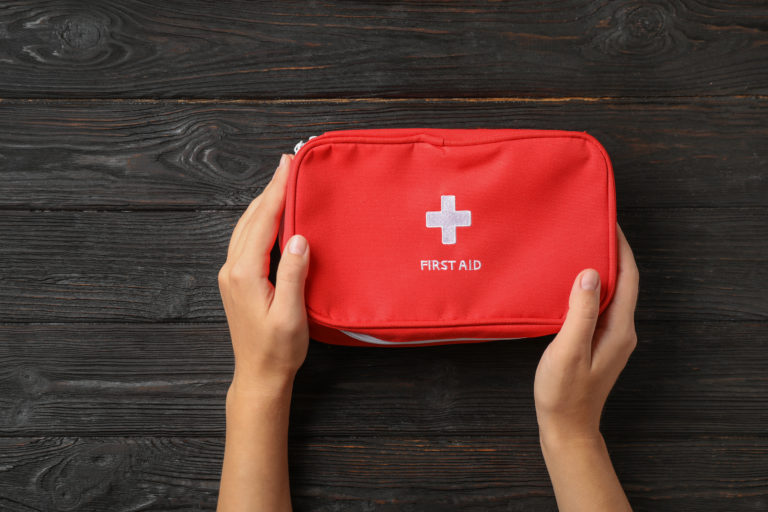Preparing a Diabetes Emergency Kit
There are many kinds of emergency situations that might present challenges to people with diabetes. Weather-related emergencies are the most common, and they can create real problems for people with diabetes. Winter storms might knock out power, or make leaving the house dangerous; spring and summer bring about tornados, electrical storms, and hurricanes, which cause serious damage.
People with diabetes need to have an emergency kit on hand, at all times, no matter where they live. Be prepared, and stay safe, CWD friends.
What Goes In Your Emergency Kit?
- A good cold storage container with pre-made ice, in case of loss of electricity for a short period.
- A FRIO cooling pack to protect your insulin. FRIO packs do not need ice.
- Flashlights with many sets of extra batteries.
- Candles and matches to light the candles, in case the power outage outlasts the flashlight batteries.
- Extra glucose meter, extra insulin(s), glucagon, syringes, lancets, blood test strips, ketone test strips (blood or urine), alcohol wipes, insulin pump supplies (if you use a pump), CGM supplies, as well as non-diabetes medications such as anti-diarrhea medicine, anti-nausea medicine (Zofran ODT is highly recommended), and pain medicine. Be sure to replenish these supplies frequently so that all supplies are within their use date. Consider storing a minimum of two weeks worth of supplies. Put this all in a waterproof sandwich bag or container.
- Emergency glucose to treat hypoglycemia. Unopened packages of glucose tablets are good for a very long time. Also, be sure to keep glucagon kits on hand and refresh your memory about administering Mini-Dose Glucagon Rescue for Hypoglycemia.
- A general first aid kit with bandages, etc.
- A spare battery for your blood test meter and insulin pump, if needed. For rechargeable devices, consider a mobile phone power pack -- just be sure to keep it charged.
- A current explanation of your diabetes management regimen, including dosages at various meal times. For pump users, this should include basal rates, insulin-to-carb ratios, and correction factors. If you subscribe to a medical identification service, include a print out of all of your information. Put this all in a waterproof sandwich bag.
- Bottled water -- and lots of it. Depending upon where you live and the risk you face, several gallons per day per person might be needed. Many smaller bottles will make it easier to keep the water safe until use.
- A supply of non-perishable food, such as granola bars and canned goods. Foods that do not need to be heated are best. If you have canned food, be sure that you have a can opener. Oral electrolyte replacement such as powdered Gatorade is also recommended. Put boxed foods in waterproof sandwich bags.
- Disposable plates and utensils to eat the food, as well as napkins or paper towels to clean up.
- If you have pets, don't forget pet food and water for your pets.
- Emergency contact information for your diabetes team members and family members, including phone numbers (land and cell) and email addresses. Be sure to include contact information for relatives outside your immediate area. Put this in a waterproof sandwich bag.
- Copies of all prescriptions, not just for diabetes. And don't forget glasses or contacts prescriptions.
- An extra cell phone charger or pre-charged battery pack.
- Some cash, both bills and coins. Coins can be helpful in getting food from vending machines and paying road tolls if you need to evacuate.
- If you live in a cold climate, consider storing blankets or sleeping bags near by. If you live in an area where hurricanes or flooding is a risk, consider keeping plastic ponchos or tarps nearby to help protect you from rain.
- A waterproof container with strike-anywhere matches.
- An extra house key.
Everything should be together in an easy to identify, easy to reach, and easy to carry pack. Keep in mind that you may need to send a child to fetch it if you have to evacuate in a hurry, so make sure everyone in the family can find the kit easily.

- Tips for Emergency Preparedness from the American Diabetes Association
- JDRF offers advice on Emergency Preparedness for Type 1 Diabetes, including a printable checklist.
- The Federal Emergency Management Agency (FEMA) offers advice on a Basic Disaster Supplies Kit
